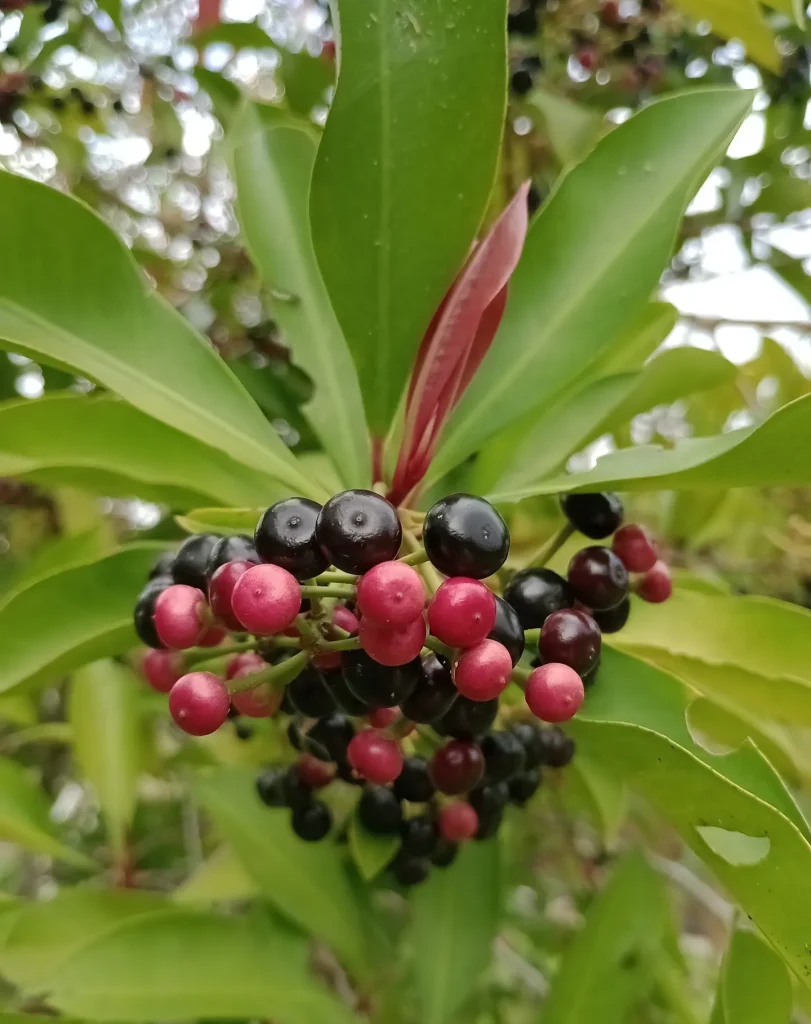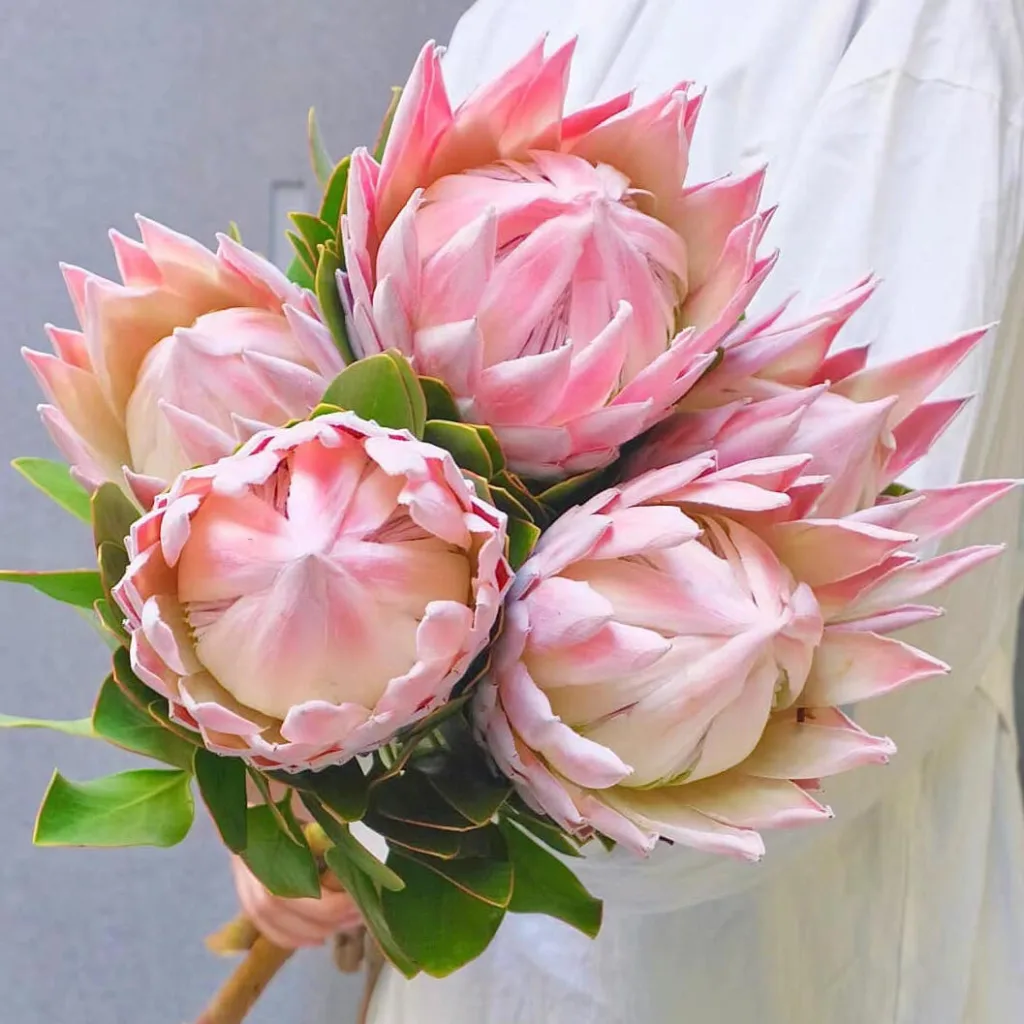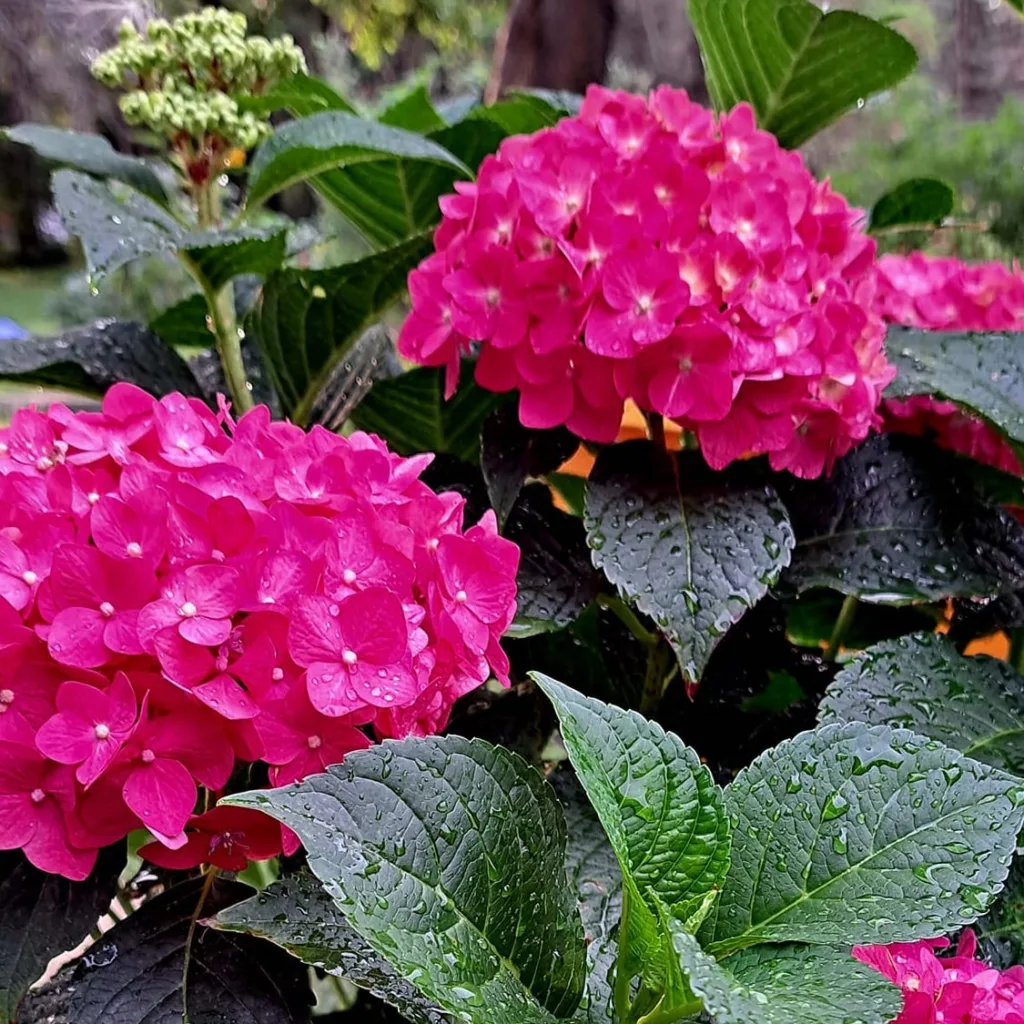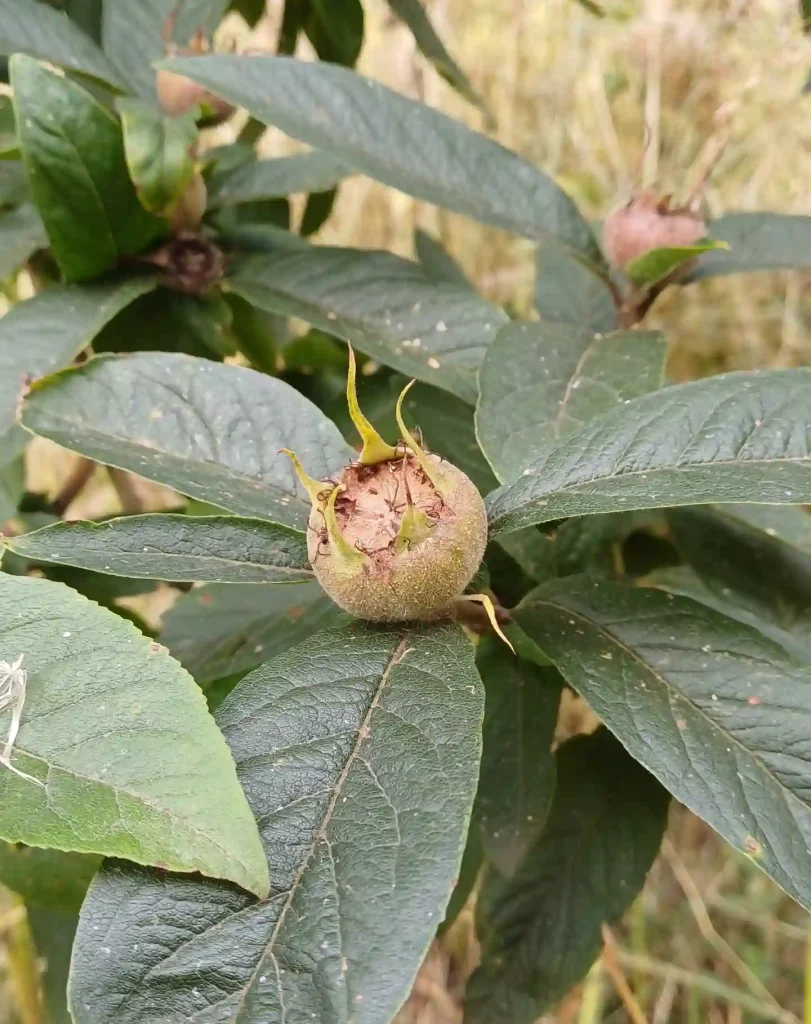
Strelitzia Nicolai vs Alba
When comparing Strelitzia Nicolai and Alba, I find Alba’s white blooms more elegant and eye-catching in my garden.
Strelitzia Nicolai vs Banana
Between Strelitzia Nicolai and Banana, I appreciate the Strelitzia’s taller, more architectural presence that gives my space a tropical vibe.
5 Species in Genus Strelitzia – Bird of Paradise
Strelitzia Nicolai vs Reginae
With Strelitzia Nicolai versus Reginae, I prefer Reginae’s vibrant orange flowers which add a pop of color to my collection.
Strelitzia Nicolai vs Travellers Palm
For Strelitzia Nicolai versus Travellers Palm, I love the Travellers Palm for its unique, fan-shaped fronds that always spark conversations.
Strelitzia Nicolai vs Augusta
In comparing Strelitzia Nicolai and Augusta, I find Augusta’s more compact size easier to manage and fit into smaller garden spaces.
Does strelitzia nicolai flower?
Strelitzia nicolai, commonly known as the white bird of paradise, can indeed flower, though it’s a bit of a waiting game. In my experience, it took a few years for my Strelitzia nicolai to bloom, but when it did, it was absolutely stunning. The flowers are exotic and add a beautiful touch to any space. As for its growth rate, I’ve found it to be moderately fast, especially if given the right conditions.
How fast does strelitzia nicolai grow?
With proper care, including regular watering and fertilizing during the growing season, I’ve seen mine put on several feet of growth in a single year.
How often to water strelitzia nicolai?
When it comes to watering my Strelitzia nicolai, I’ve learned that it’s best to err on the side of caution. These plants prefer slightly moist soil but can suffer if overwatered. I usually water mine deeply but infrequently, allowing the top inch or two of soil to dry out between waterings. During the winter months when growth slows down, I cut back on watering to prevent root rot.
How to care for strelitzia nicolai?
My Strelitzia nicolai is like a tropical diva – loves the sunshine and a bit of pampering! I learned the hard way that overwatering is its biggest enemy. It sulked for weeks after I accidentally drowned it, so now I only water it when the top inch of soil feels dry. It loves hanging out by my south-facing window, soaking up all the bright, indirect sunlight it can get. During the summer, I mist its giant leaves every other day to keep it feeling like it’s on a permanent beach vacation. It’s definitely not the most low-maintenance plant, but those occasional orange and blue bird-like flowers make it all worth it!
How to propagate strelitzia nicolai?
Propagation of Strelitzia nicolai can be done through division or from seeds, though I personally haven’t tried the latter method. Division involves separating the plant’s rhizomes and replanting them in individual pots. It’s best done during the plant’s active growing season to encourage quick root establishment.
How to prune strelitzia nicolai?
Pruning Strelitzia nicolai is relatively straightforward but requires some care to avoid damaging the plant. I’ve found it helpful to use sharp, clean shears to remove any dead or yellowing leaves as needed. Additionally, pruning can help control the size and shape of the plant, though I prefer to let mine grow naturally for a more tropical look.
Is strelitzia nicolai an indoor plant?
While Strelitzia nicolai can be grown indoors, it’s important to provide it with enough space and light to thrive. I’ve had success growing mine indoors in a bright, airy room with plenty of indirect sunlight. Just be sure to monitor humidity levels, as these plants prefer a humid environment.
Is strelitzia nicolai poisonous to dogs? Is strelitzia nicolai toxic to cats?
As for its toxicity to pets, I’ve done some research and found that Strelitzia nicolai is generally considered non-toxic to dogs and cats. However, ingestion may still cause gastrointestinal upset, so it’s best to keep pets away from the plant as a precaution.
Are strelitzia nicolai roots invasive?
Regarding its root system, I haven’t personally encountered issues with Strelitzia nicolai roots being invasive. However, like many large plants, they can become pot-bound over time and may need to be repotted or divided to prevent overcrowding. Regular maintenance and monitoring can help prevent any potential problems with the plant’s roots.
If i die, water my plants!



